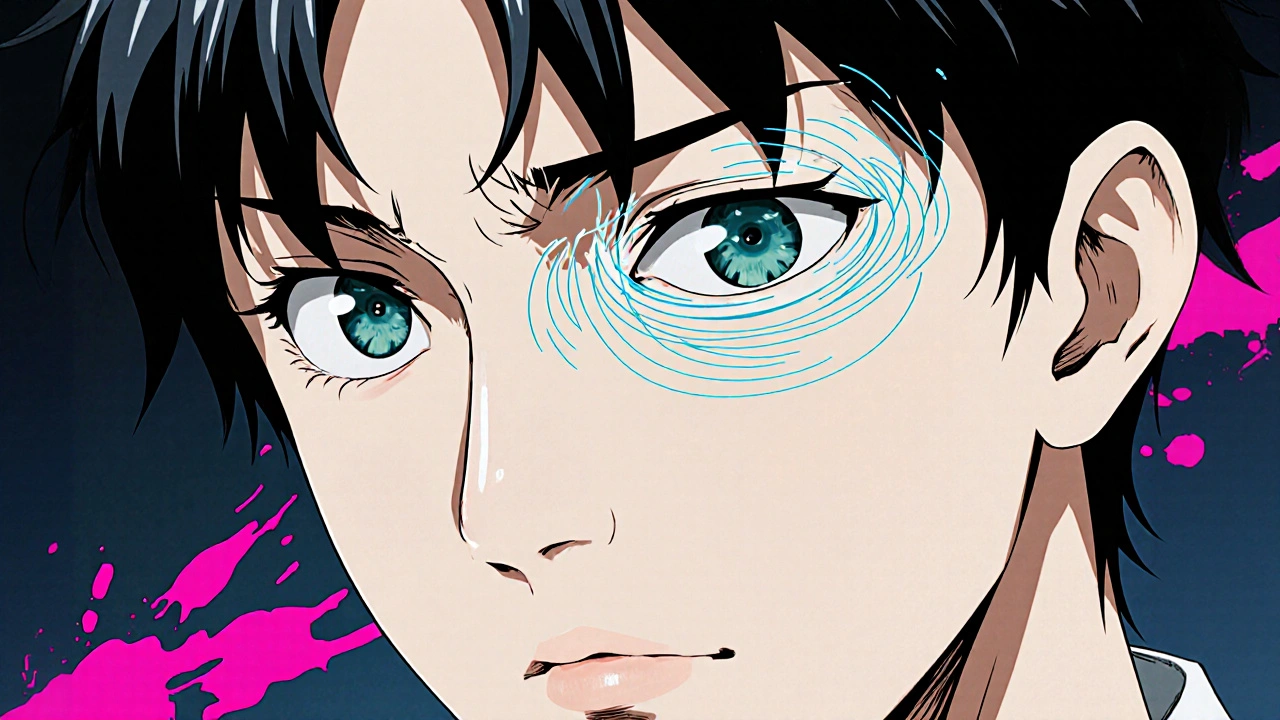Ocular Hypertension: What It Is and Why It Matters
When dealing with ocular hypertension, a condition where eye pressure stays above normal limits without visible optic‑nerve damage. Also called high intraocular pressure, it signals a risk factor for glaucoma, a progressive disease that can rob you of vision if pressure isn’t controlled. The underlying driver is intraocular pressure, the fluid pressure measured in millimeters of mercury inside the eye, which eye doctors check during routine exams. To keep that pressure down, many clinicians prescribe prostaglandin analogs, eye drops that boost fluid outflow or beta‑blocker eye drops, medications that cut fluid production. Understanding these pieces helps you stay ahead of trouble.
ocular hypertension isn’t a disease on its own, but it’s the first warning sign that your eyes might be heading toward glaucoma. The key is to watch the numbers: if the intraocular pressure (IOP) sticks above 21 mm Hg, you’re in the danger zone. That’s why regular eye exams matter—an optometrist can spot a rise before any optic‑nerve damage appears. Most people don’t feel any symptoms, so you’ll only know it’s there if you get checked.
Key Factors and Management Strategies
Age, family history, and ethnicity play big roles. Folks over 60, people with a parent who’s had glaucoma, and those of African or Asian descent face higher odds. Certain medications, like steroids, can also push IOP up. Lifestyle tweaks can make a difference: staying active, eating foods rich in omega‑3 fatty acids, and limiting caffeine may help keep pressure stable.
When it comes to treatment, doctors often start with a single drop and adjust based on how the pressure responds. Prostaglandin analogs (e.g., latanoprost) are popular because they’re effective and work once daily. If those aren’t enough, a beta‑blocker (like timolol) or a carbon‑anhydrase inhibitor may be added. Some patients benefit from combination drops that bundle two mechanisms in one bottle, simplifying the routine.
Beyond meds, laser therapy offers a non‑invasive option. Selective laser trabeculoplasty (SLT) targets drainage cells to improve fluid outflow, often reducing the need for drops. In rare cases where pressure stays stubbornly high, surgery such as trabeculectomy might be recommended to create a new drainage pathway.
Monitoring stays central. Home tonometry devices let tech‑savvy patients check IOP between visits, giving doctors a fuller picture. Keeping a log of readings, drop times, and any side‑effects feeds into smarter treatment tweaks. If you notice blurry vision, eye pain, or halos around lights, call your eye professional right away—those could be early signs of pressure spikes.
Insurance coverage and medication costs also shape choices. Generic versions of many eye drops are now widely available, and online pharmacy price comparisons (like those on RXConnected) can shave off extra dollars. When shopping, look for accredited pharmacies, verify the prescription, and read reviews to avoid counterfeit products.
All of these angles—risk factors, exam routines, medication families, laser options, and cost‑saving tips—form a roadmap for anyone dealing with ocular hypertension. Below you’ll find articles that dive deeper into each area, from the science behind IOP measurements to step‑by‑step guides on using prostaglandin eye drops safely. Use the collection to build a personalized plan that keeps your vision clear and your eyes healthy.
Ocular Hypertension and Retinal Detachment: How They’re Connected

Explore how high eye pressure (ocular hypertension) can increase the risk of retinal detachment, learn shared risk factors, diagnosis, and prevention steps.
